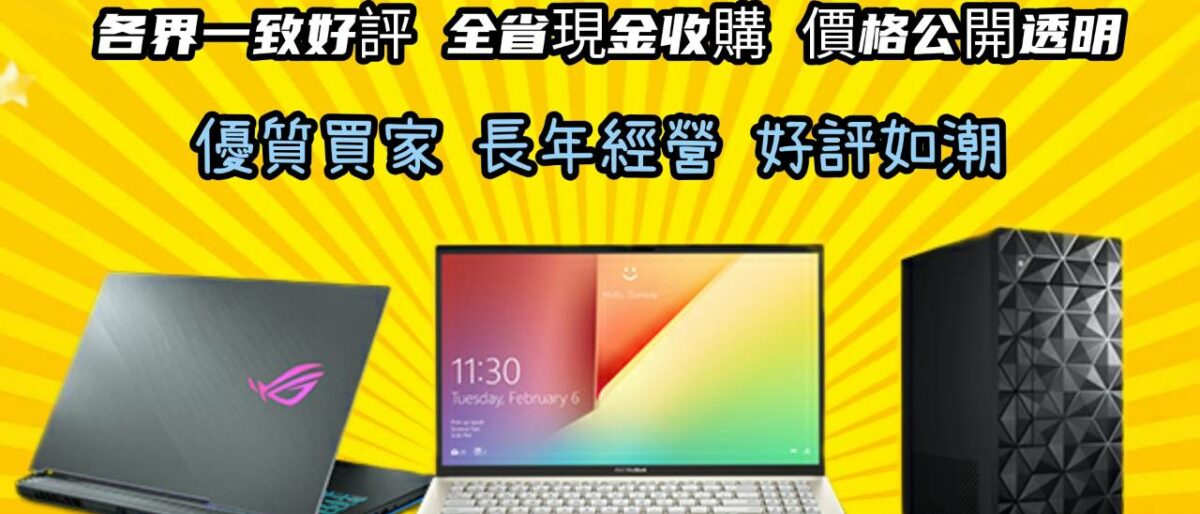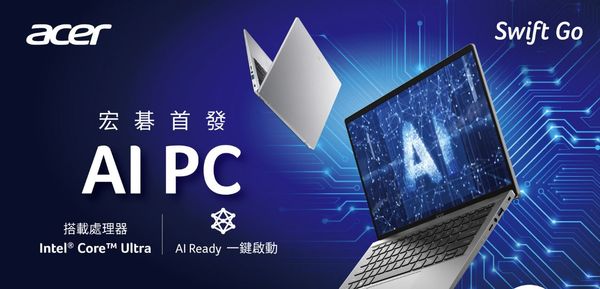各款式 筆電估價 筆電收購 收購ASUS筆電 收購ROG電競筆電 收購ACER筆電 收購Msi電競筆電 收購微 看全文

我們專業經營各項3C高價回收,收購電競筆電,文書筆電,輕薄筆 電,MSI,ASUS,ACER,HP,Razer,GIGABYBE,Microsoft,,多通路多管道,非坊間垃圾回收價,價格不怕您比較,歡迎企業戶汰舊換新,續約販賣,分期換現,電競筆電, 二手汰舊,手機,筆電,相機,鏡頭,空拍機
估價筆電ompetition and the increasing cost and complexity of building gigantic, monolithic chips on cutting-edge manufacturing processes. Today, AMD is trying to solve the latter two problems with the launch of its Radeon RX 7900 series GPUs.
Further ReadingNvidia GeForce RTX 4080 review: Second only to the 4090—for now
At $899 and $999, the RX 7900 XT and RX 7900 XTX are still objectively expensive—but because they’re not a further escalation over the starting price of the RX 6900 XT, both cards are what pass for a bargain in today’s GPU market. If you’re looking for cards that can consistently handle 4K gaming at 60 fps and higher, these GPUs do it for less than Nvidia’s latest, and they’re good enough and fast enough that they’ll hopefully start driving Nvidia’s prices down a bit, too.
But Nvidia still retains some key advantages that complicate an easy David-and-Goliath narrative. These GPUs don’t quite feel like a Ryzen moment for AMD’s graphics division—a turning point where a scrappy AMD manages to make a big dent in the market share of an entrenched, complacent competitor. But if you can actually find them for their starting prices, they’re the first sign we’ve had in a while that some relief is coming for high-end-but-price-conscious PC gamers.
Bigger Navi
Enlarge / AMD’s chiplet design is visible in this shot—a large center die with most of the compute resources, and six smaller dies containing cache and the memory controllers.AMD
The RX 7000 series is the third version of the RDNA GPU architecture, also occasionally referred to as “Navi,” after the codenames of the GPU chips themselves. RDNA 3 doesn’t add anything that feels as significant as RDNA 2’s ray-tracing support, but AMD has added plenty of extra hardware and made important under-the-hood changes.
The most significant is a new chiplet-based approach, similar in concept to the one AMD uses for its Ryzen CPUs. Rather than building the entire GPU die on one manufacturing process—increasing the die’s size and therefore the chances that some or all of it could be defective—AMD is building the main Navi 3 GPU die on a 5 nm TSMC manufacturing process and a series of smaller memory controller dies (MCDs) on a 6 nm process. These chips are all linked together with a high-speed interconnect, which AMD says can transfer data at speeds of up to 5.3 terabytes per second.
Further ReadingEverything you need to know about Zen 4, socket AM5, and AMD’s newest chipsets
The main graphics compute die (GCD) contains most of the hardware you think of when you think of a GPU—compute units, shaders, ray-tracing hardware, the media encoding and decoding block, and display output. Both the 7900 XTX and XT use the same Navi 31 GCD, but the XTX runs at higher clocks and has more CUs and stream processors enabled. The XTX has 96 CUs and 6,144 stream processors, while the XT has 84 CUs and 5,376 stream processors. Both cards represent a jump up from the Navi 21 die used in the RX 6900 series, which maxed out at 80 CUs and 5,120 stream processors (and that’s before you account for other performance-boosting improvements).
Enlarge / RDNA 3 brings a little more of everything to AMD’s top-tier GPUs, from CU counts to memory bandwidth. AMD
The MCDs all include a single 64-bit memory controller and 16MB of AMD’s Infinity Cache, and they demonstrate the advantages of a chiplet-based approach. The 7900 XTX has a 384-bit-wide memory bus and 96MB of Infinity Cache, where the 7900 XT has a 320-bit bus and 80MB of cache; to accomplish this, all AMD has to do is remove an MCD. The exact same MCDs can be reused up and down the stack with all of the different RDNA 3 GCDs that AMD chooses to release, from low-end products with a single MCD up to midrange GPUs that use between two and four. Defects in MCD dies won’t require the larger, more complex GCDs to be thrown out or binned, and vice-versa.
In the realm of all-new features for RDNA 3, there are three things of note. First, the GPUs include new AI accelerators, which could be useful both for the plethora of AI-assisted content creation that has sprung up in the last year and for AI-assisted upscaling (if AMD chooses to implement it in some future version of its FSR upscaling algorithm; both DLSS and XeSS use AI for upscaling, but FSR 2.0 doesn’t).
Second, the video encoding and decoding block supports hardware-accelerated encoding for the AV1 video codec, just like the RTX 4000 series and Intel’s Arc GPUs. This should be useful for both content creators and streamers who want to stream higher-resolution video or video at the same resolution while using less bandwidth.
And third, the “Radiance Display Engine” adds DisplayPort 2.1 support to the GPUs. Monitors that take full advantage of DisplayPort 2.1’s extra bandwidth don’t

▲ACER Swift Go。(圖/燦坤)
記者陳俐穎/綜合報導
真AI筆電重磅來襲!隨著英特爾最新款Core Ultra處理器發表,首創內建NPU以更省電方式提供低功耗、高性能的AI推論處理能力,體現個人創意精彩輕鬆生成、沉浸式影音體驗、並大幅提升工作效能,同時確保個資資安防護。新掀起的這場AI熱潮正推展到終端消費裝置應用上,驅動電腦與筆電換機潮,同時也是宣告消費性AI時代正式來臨。
展望2024 AI PC元年,各家筆電大廠牌早早鎖定AI商機,率先由Acer、Asus和估價筆電msi三大品牌領頭推出第一波搭載Core Ultra處理器的AI筆電,3C通路燦坤(2430),宣布正式發售6款全新上市Core Ultra首發AI筆電,12月24日前加碼歲末歡樂抽活動,凡購買Intel EVO認證機種就送羅技靜音滑鼠,再抽限量LG view可攜式螢幕,選購指定H版處理器EVO筆電加碼抽XGIMI HALO+行動智慧輕劇院。
先前市場多以生成式AI軟體服務為主,如同微軟在Windows 11啟用的Copilot,塑造出導入AI模型的語音助理。此次英特爾Core Ultra系列是處理器產品的一次顛覆性革新,讓AI應用導入從軟體面延展到硬體規格上,使用筆電能發揮更進階效能表現來執行各種圖像、文字及程式等生成式AI應用。現行硬體規格再提升與內建NPU神經單元晶片,更為未來Windows12 發布和Copilot協作預做準備。
國內外各市調機構對於未來AI PC將陸續帶來換機潮,市場樂觀預估支援AI電腦產品有望逐漸成為未來主流,燦坤表示,生成式AI越來越普遍應用,AI PC恰如其份扮演個人智慧助理,消費者對Core Ultra賦能的AI筆電所能帶來的生產力提升與個人創意展現抱有高度期待,關鍵字都在於體驗創造需求。
Acer首發SwiftGo系列AI筆電,無痛一鍵下載穩定渲染插件(Stable Diffusion) ,簡單文字輸入,就能精彩展現個人無限創意;更透過智能降噪和智能純音,體現沉浸式影音娛樂享受。估價筆電msi首發Prestige系列AI筆電,強悍軍規等級,990公克極致輕薄,更搭載 WiFi 7模組,提高更加流暢畫質影片傳輸。Asus首發ZenBook系列AI筆電,則推出OLED 螢幕3K 120HZ,精準驚艷顯色,Harman/Kardon音效,極致沉浸式影音體現。
估價筆電 估價筆電